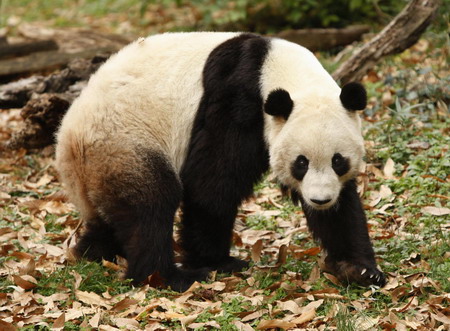Science and Health
Scientists: Giant panda's genes mapped
(Xinhua)
Updated: 2009-12-15 09:09
|
 Giant Panda bear Tai Shan, 4, is pictured in his enclosure at the National Zoo in Washington, December 4, 2009. [Agencies] |
BEIJING: Chinese scientists have completed making a detailed genome map of giant panda, according to the State Forestry Administration.
The mapping work was led by the Beijing Genomics Institute's Shenzhen branch (BGI Shenzhen), also a core participant in giant panda's genome sequencing project finished in October 2008.
The research found there is a high genomic similarity between giant panda and dog, and it also supported the view of most scientists that "giant panda may be a subspecies of Ursidae".
The research was joined as well by the Zoology Institute of Chinese Academy of Sciences and the academy's zoology Institute in Kunming, Chengdu Research Base of Giant Panda Breeding and China Conservation and Research Center for the Giant Panda.
The research has provided scientific support for giant panda's conservation, disease prevention and artificial propagation work, said researchers.











